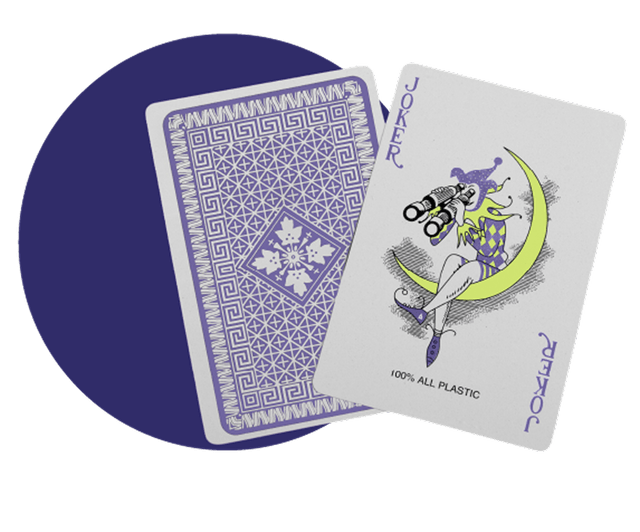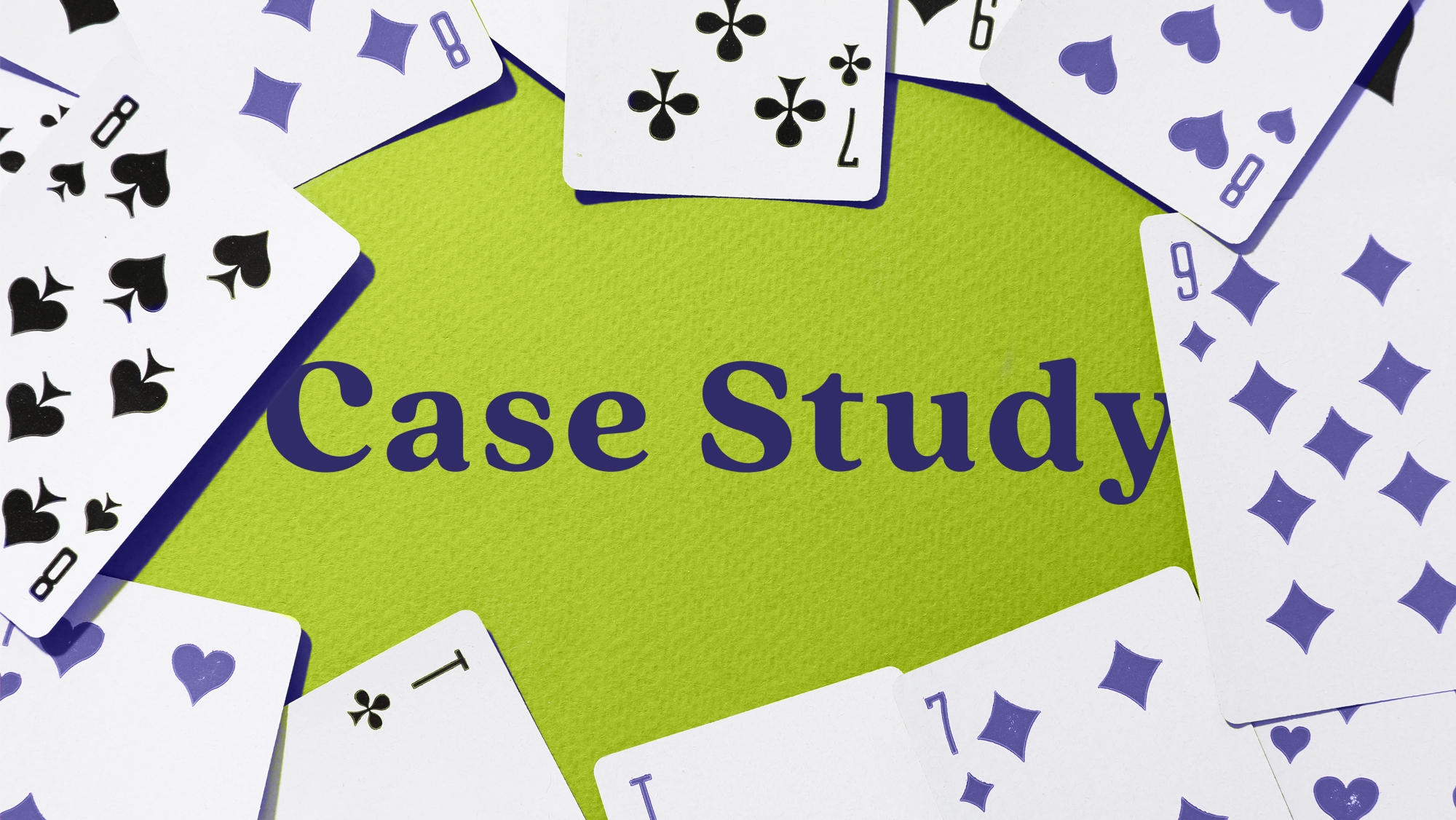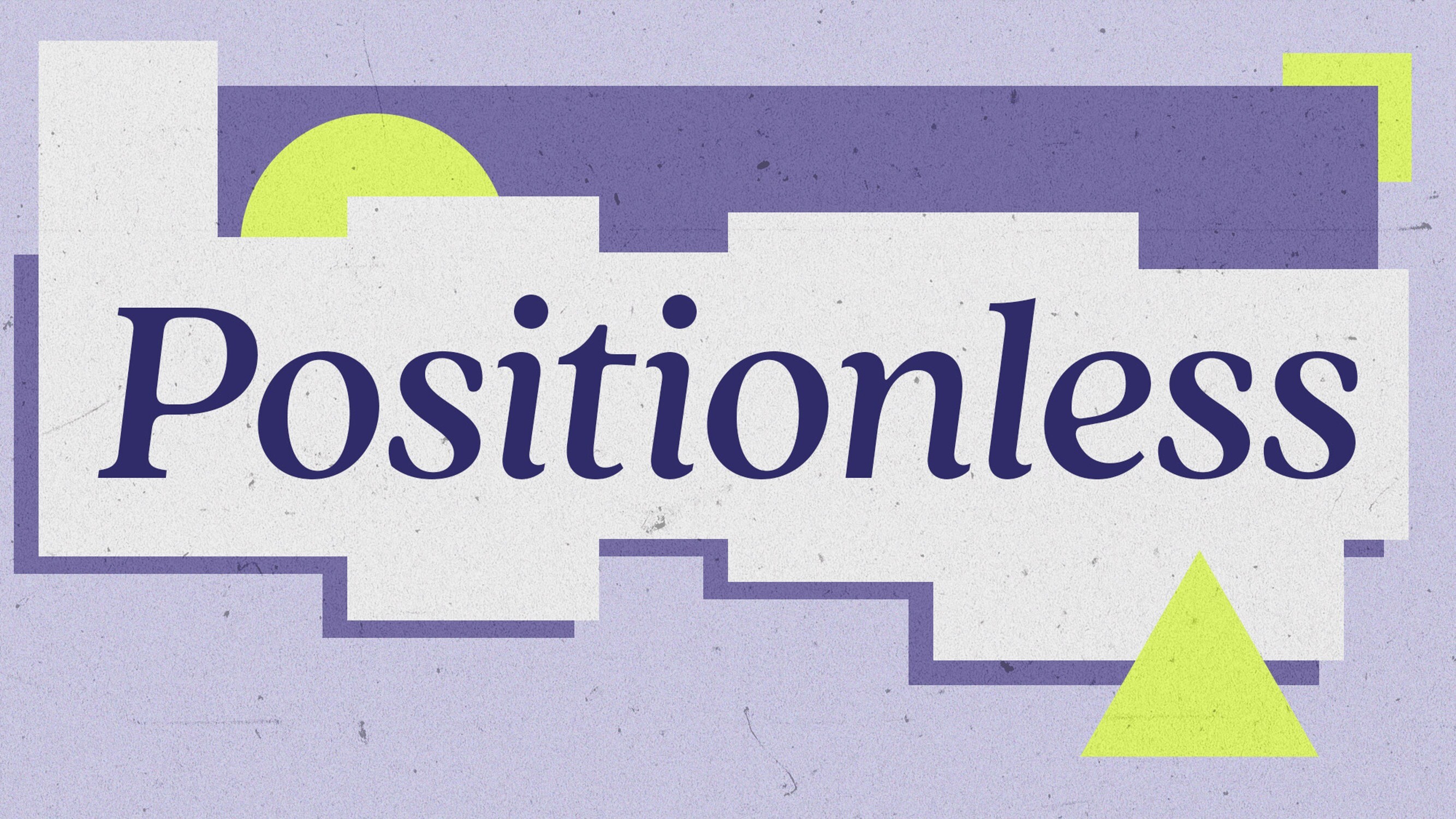
AI and the Retail Marketer’s Future
How AI transforms strategy and processes, driving the adoption of Positionless Marketing
Exclusive Forrester Report on AI in Marketing

In this blog post, discover email strategies to help ensure first-time customers are not "one and done,” as only 50% of customers return for a second transaction. Acquiring new customers costs five times more than retaining existing ones, making repeat customers crucial for driving revenue.
This post highlights key points from a session at Optimove Connect 2024. Watch it below:
https://youtu.be/_9zhFIKgto8?si=x3BWcT82VmXkNvgH
Nearly half of customers will transact with a brand only once, according to Optimove research based on hundreds of millions of transactions across 1,200 brands.
Three possible strategies for overcoming the one-time customer challenge are: (1) personalizing communications, (2) incorporating messages about loyalty programs, and (3) tailoring follow-up emails with post-purchase survey responses.
These three strategies deployed by leading brands increased second-time purchases by 60%, email open rates by 51%, and reduced the chances of unsubscribe requests by 68%.
According to customer-interaction data collected and analyzed by Optimove, existing customers during peak shopping seasons spend and buy more than new customers. Additionally, those who have come for a second purchase are also 34% more likely to return for subsequent purchases (in ecommerce) or deposits (in iGaming).
Below are three proven strategies used by marketers, proven to motivate customers to make repeat purchases.
SodaStream, a manufacturer of home carbonation systems, operates in 18 markets and sells in over 46 countries. To encourage repeat purchases, SodaStream launched a campaign emphasizing the environmental benefits of its reusable bottles.
The company used personalized messages and A/B testing: some customers received emails with tailored dynamic content calculating the number of plastic bottles the customer prevented from polluting the environment with each new purchase, while others did not.
The emails with tailored dynamic content outperformed emails without the content with the following results:
Hard Rock Sports & Casino operates an online casino featuring hundreds of games, including slots, table games, and video poker, which are complemented by their loyalty program called ‘Rockin Rewards.’
Hard Rock tested the effectiveness of emails referencing their loyalty program in incentivizing players to make a second deposit.
It was found that 60% of the customers who received emails mentioning the loyalty program made a second deposit, compared to only 33% of those who did not.
Zero-party data is information that a customer intentionally shares with a brand, such as an email address, phone number, or purchase history.
Air Up, a maker of hydration systems that use scent-based technology to enhance the taste of water, integrated zero-party data into their campaigns.
After completing a purchase, each customer received a survey with the simple question: “Why did you buy this product”?
The response was then incorporated into the contents of follow-up emails. The communications that contained these tailored messages brought in better results than those that didn’t, as follows:
Leading US-based office supplies and retailer, Staples, were seeking to streamline the marketing effort by understanding which customers would most likely respond to a direct mail campaign.
The Optimove Customer-Led Marketing Platform utilized machine learning to analyze customer and transactional level data. It also reviewed web activity and campaign history. Based on this analysis, the predictive model scored each customer’s probability to respond.
As a result, Staples could abandon its strategy of mailing 100% of its customers in the hopes of attaining a 100% response rate, which is not realistic.
Instead, it took a targeted approach, sending direct email to 30% of the customer base and achieving an outstanding 80% response rate.
Overcoming the challenge of securing repeat purchases is crucial for business growth and customer lifetime value.
To help marketers overcome this challenge, three key strategies that drive results include delivering personalized communications, incorporating loyalty program messages in customer emails, and leveraging zero-party data.
For more insights on how Optimove can help increase repeat purchases and customer loyalty, request a demo.
Exclusive Forrester Report on AI in Marketing
In this proprietary Forrester report, learn how global marketers use AI and Positionless Marketing to streamline workflows and increase relevance.


Rony Vexelman is Optimove’s VP of Marketing. Rony leads Optimove’s marketing strategy across regions and industries.
Previously, Rony was Optimove's Director of Product Marketing leading product releases, customer marketing efforts and analyst relations. Rony holds a BA in Business Administration and Sociology from Tel Aviv University and an MBA from UCLA Anderson School of Management.


